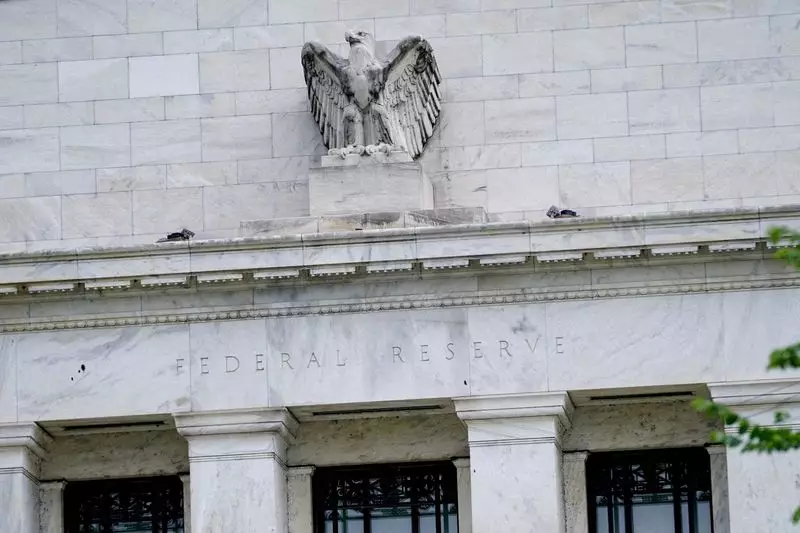The recent spike in bond yields in France due to concerns over fiscal plans serves as a stark reminder of the power of bond vigilantes in monitoring government spending. This development has prompted many to shift their focus to the United States, where similar concerns are beginning to surface. The realization that the market will likely determine the tipping point for debt sustainability highlights the unpredictable nature of the situation. Financial executives and investors have been increasingly expressing worries about the growing U.S. fiscal deficits, signaling a potential shift in market sentiment.
The looming risk of a market flare-up poses a significant threat to the U.S. economy, particularly if sustained. The current market sentiment, with expectations of the Federal Reserve cutting rates later this year, could be upended by any concerns raised about debt sustainability. As seen in France following the decision to call snap elections, market disturbances can disrupt government funding plans and impact various sectors, such as the delay of an IPO. The severity of such disruptions underscores the need for vigilance in monitoring debt levels and their implications for the broader economy.
The ballooning deficit in the United States has only exacerbated concerns about debt sustainability in the long run. Recent forecasts from the Congressional Budget Office projecting a significant increase in the cumulative deficit over the next decade have raised red flags among investors. The widening gap between 30-year Treasury bond yields and similar low-risk interest rates indicates a pricing in of the increasing supply of treasuries and the associated risks. This divergence in yields reflects the market’s growing unease with the mounting debt levels and the potential impact on investment decisions.
The uncertainty surrounding the future trajectory of U.S. debt sustainability has left many market participants on edge. Conversations with industry executives reveal a deep-seated concern about the potential consequences of unchecked deficits. While some believe that debt issues could come to a head within the next five years, others foresee a more extended timeline of up to a decade before significant problems arise. This disparity in outlooks underscores the complexity of the issue and the challenges in predicting market reactions to evolving fiscal conditions.
The upcoming policy debates and the ensuing market responses following the first debate between Joe Biden and Donald Trump are expected to shed light on the market’s perception of U.S. fiscal plans. With mounting pressure on the government to address deficit concerns, investors are closely monitoring any signals that may indicate a shift in market sentiment. The potential impact of policy discussions on market calculations underscores the interconnectedness of political decisions and economic outcomes, highlighting the need for a coordinated approach to addressing debt sustainability.
The recent events in France serve as a cautionary tale for the United States, signaling the importance of vigilant monitoring of debt levels and market responses. As concerns over U.S. debt sustainability continue to grow, it is imperative for policymakers to heed the warnings from bond vigilantes and take proactive steps to address mounting deficits. The market’s role in determining debt sustainability underscores the need for a comprehensive strategy that balances economic growth with fiscal responsibility. Only through a concerted effort to address these challenges can the United States navigate the uncertain waters of debt sustainability and safeguard its long-term economic stability.


Leave a Reply